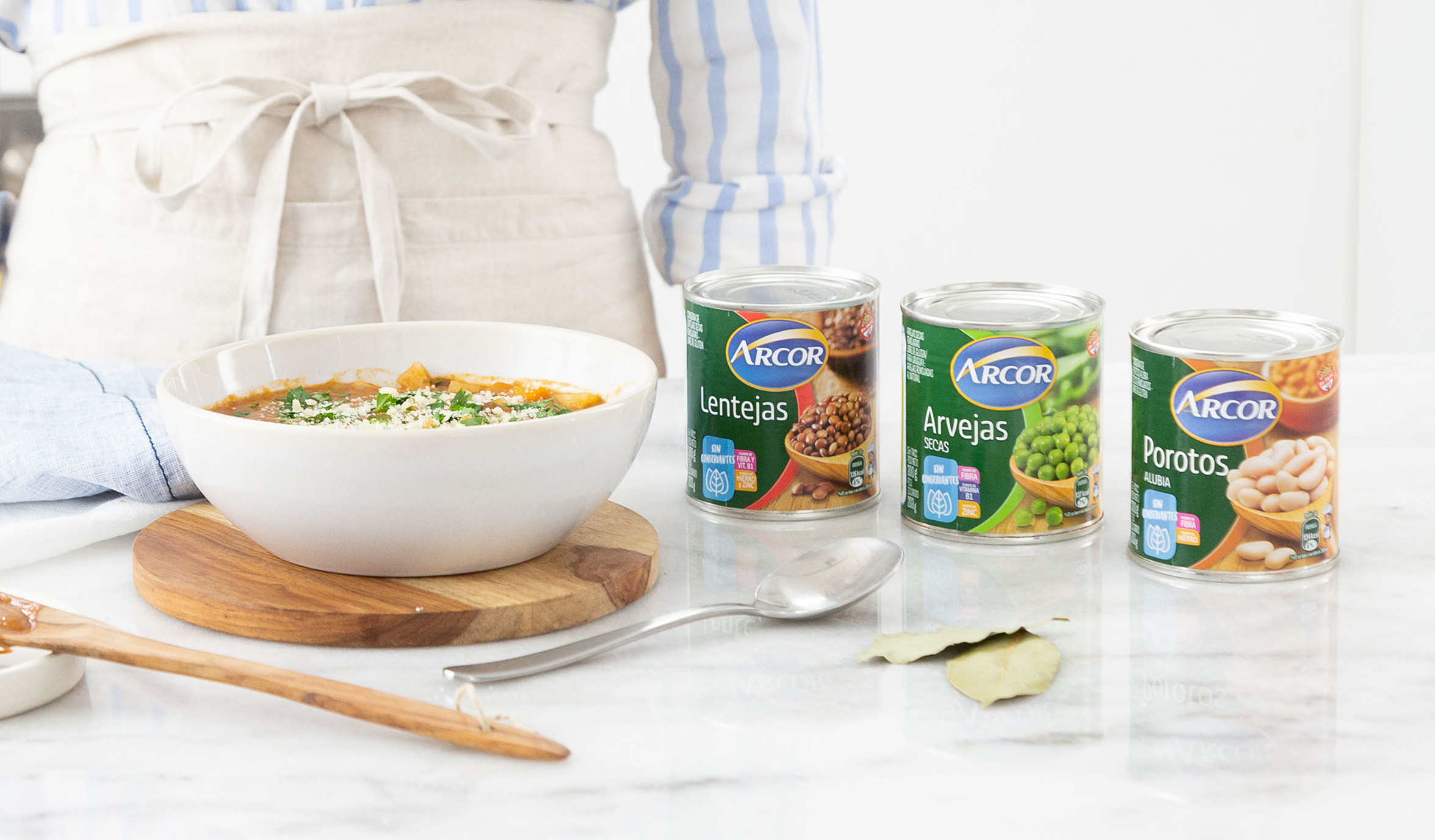Legumes: Why you should include them in your diet?
February 10, World Legume Day.


World Legume Day is celebrated on 10th February. This is because the World Health Organization (WHO), in conjunction with the Food and Agriculture Organization of the United Nations (FAO), recognized the importance of increasing the consumption of legumes (lentils,chickpeas, beans, and peas, among others) as they are considered nutritious seeds that contribute to a sustainable food system to feed the world’s population.
Allied for a healthy diet.
Legumes are essential in a healthy and balanced diet. They provide vitamins and minerals, fiber, complex carbohydrates and plant- based proteins that are complemented by cereal proteins. From a nutritional point of view, frequent consumption of legumes contributes to the prevention of chronic noncommunicable diseases such as cardiovascular diseases and type ll diabetes and their risk factors such as overweight and obesity
In addition to being rich in nutrients, legumes are economically accesible, they contribute to food security at all levels and promote biodiversity. Moreover, they encourage sustainable agriculture and contribute to climate change mitigation and adaptation.
Furthermore, they are one of the most importante food items to be included in a childhood diet, as they provide nutrients that kids need to grow healthy and strong.
Canned Legumes: Why you should choose them
In Arcor we produce different types of legumes in cans - lentils, beans, chickpeas and peas, - in our plant located in Villa Mercedes, province of San Luis, under the Arcor and Campagnola brands.
Canned legumes have different benefits:
● Facilitate the consumption of legumes when we don’t have time to cook them at home.
● There are multiple ways to consume them. They can be eaten alone, as a snack or spread, in salads, or in different hot preparations.
● It has a lifespan of 2 years, allowing its storage at home with low risk of waste. In addition, cans do not require refrigeration so they can be stored for a long time safely (both at home or when we travel).
● If canned legumes are used, it is not necessary to add salt to meals, it is recommended to try the preparations before adding salt.
¡No preservatives!
Given the thermal processes we apply, we can guarentee the microbiological quality of legumes without the addition of preservatives. In addition, we preserve nutrients and do not alter the taste.
¡Get to know us a little more! We want to share with you the steps of the production process of our legumes
The processbegins with the development of the suppliers of each of the legumes. We have suppliers in several geographical regions of Argentina depending on the crop.
Once we have the suppliers, the next steps are followed:
Step 1:
We receive, store raw materials and make sure they comply with our quality standards.
Step 2:
We take care of hydration, which is the first stage of the process for dry grains. Legumes are placed in water tanks for the set time; by doing this the grains return to their original position. A cleaning stage is then performed to remove the possible presence of undesirable particles.
Step 3:
We start the enzymatic inactivation a heat treatment that consists in the immersion of grains in water at a temperature of 120°C for a set period of time. The enzymes that affect vitamins taste, color and content are removed. In addition, this process helps to soften grains.
Step 4:
We startthe selection (color)100% of the grains pass through a color picker device, in which grains with other shades than the one set as standard are removed.
Step 5:
¡Packaging time! This consists of three steps: empty cans are entered and the grains are dosed, then the topping liquid (water and salt) is dosed, and finally the can is riveted immediately after a steam sweep is made to remove the air.
Step 6:
This is a very important step and it is about sterilization: the cans enter into the autoclaves in which a strong and longer heat treatment is performed . Here the cans are exposed to steam, which is at a temperature of around 121°C, for a set period of time, depending on the product. This treatment eliminates microorganisms and spores resulting in a product with commercial infertility.
Step 7:
Last step and not least: labeling and stacking. Finally, the cans are labeled and the boxes are assembled and then placed on pallets.
In addition…
In Arcor we work on improving the composition of canned legumes. There are two important actions that deserve to be mentioned:
➢ Reduction of salt content: we achieve reductions ranging from 20 to 40% of the sodium content without resigning texture or taste.
➢ Validation of the content of micronutrients of natural origin: we measure and communicate in the packaging the most important vitamin and mineral contributions of these food items in order to help our consumers better understand their nutritional value.






